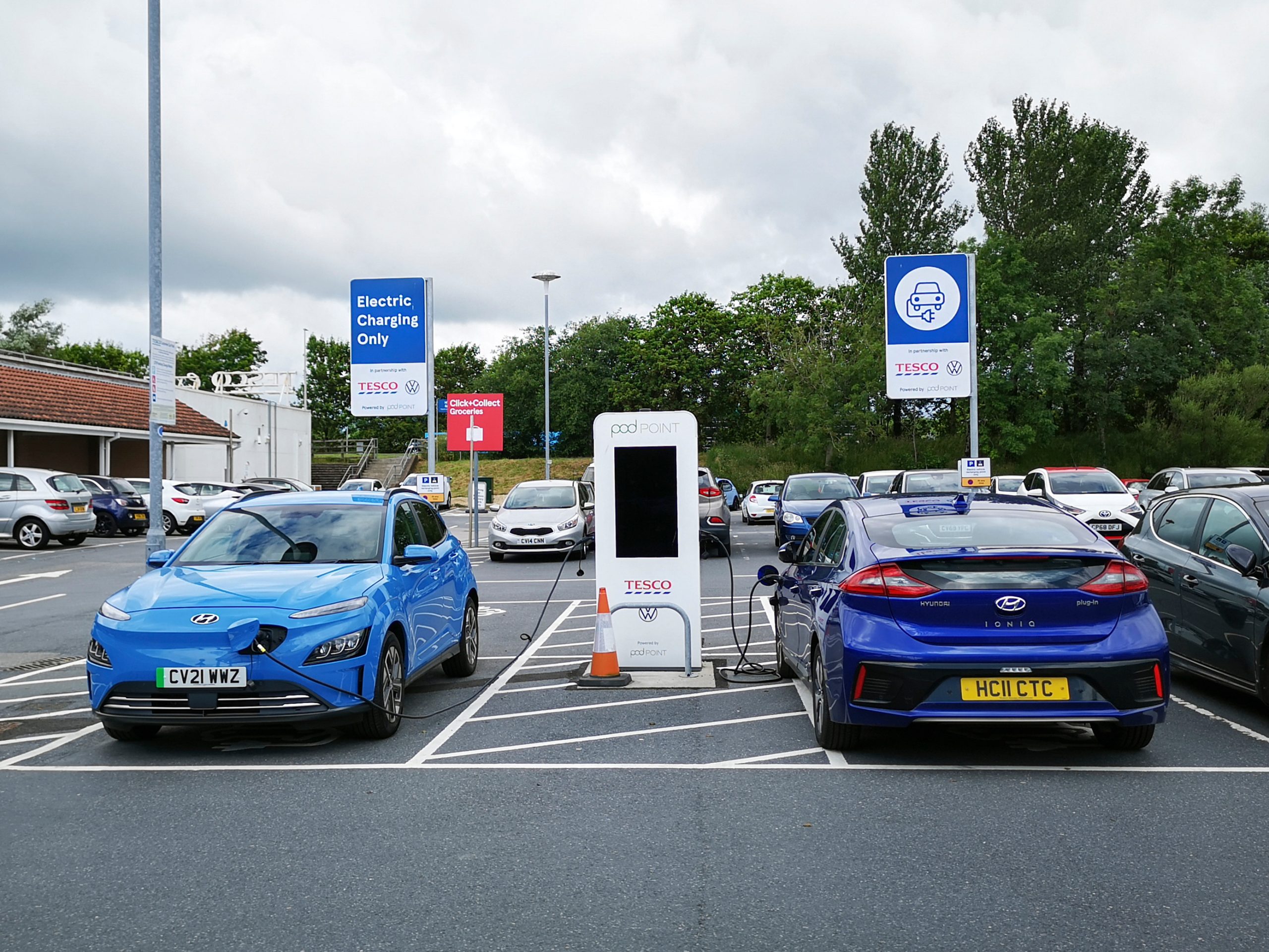
Electric vehicles strategy: Throwing money at charging is no guarantee for success
The UK’s new electric vehicles strategy shows the government’s readiness to step up the transition to electric mobility, but lacks the policy strings necessary.
The government today released its Electric Vehicles Infrastructure Strategy which has been welcomed by Transport & Environment (T&E). But the new strategy lacks the detailed policies to ensure targets are met.
The funds already committed to developing rapid charges across the trunk road network (Project Rapid) are now being complemented by substantial new support (LEVI Fund) for local authorities to roll out chargers.
The proposed target of 300,000 chargers by 2030 – ten times the current numbers – strikes the right balance to ensure both a good coverage of chargers without creating a massive surplus of sites that are rarely used and require long term public subsidy, says T&E. The proposals to improve the reliability, accessibility and ease of use of the network are also to be welcomed.
Greg Archer, UK Director of T&E, said “The new investment in charging is welcome. But setting targets and throwing money at a problem is not a national strategy. The plan passes the buck to private companies and local authorities to deliver the UK’s charging network without addressing many of the underlying barriers that slow progress and could lead to under delivery.
“There is no requirement for local authorities to roll out charging. No interim targets. No proposals to tackle planning delays or regulations to require car park operators to install charge points. If progress in rolling out charging does not accelerate, more policy intervention, not money, will be needed to deliver the world class network the UK needs to end sales of new conventional cars by 2030.”
Last year, T&E published Charging Forward, its plan to deliver a world class charging infrastructure.
